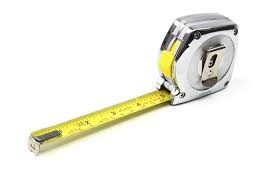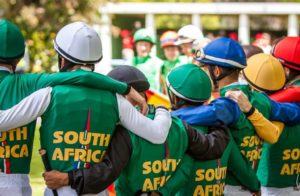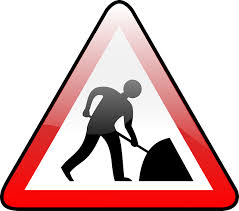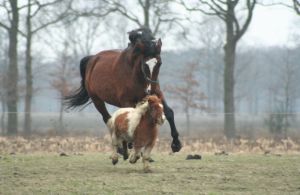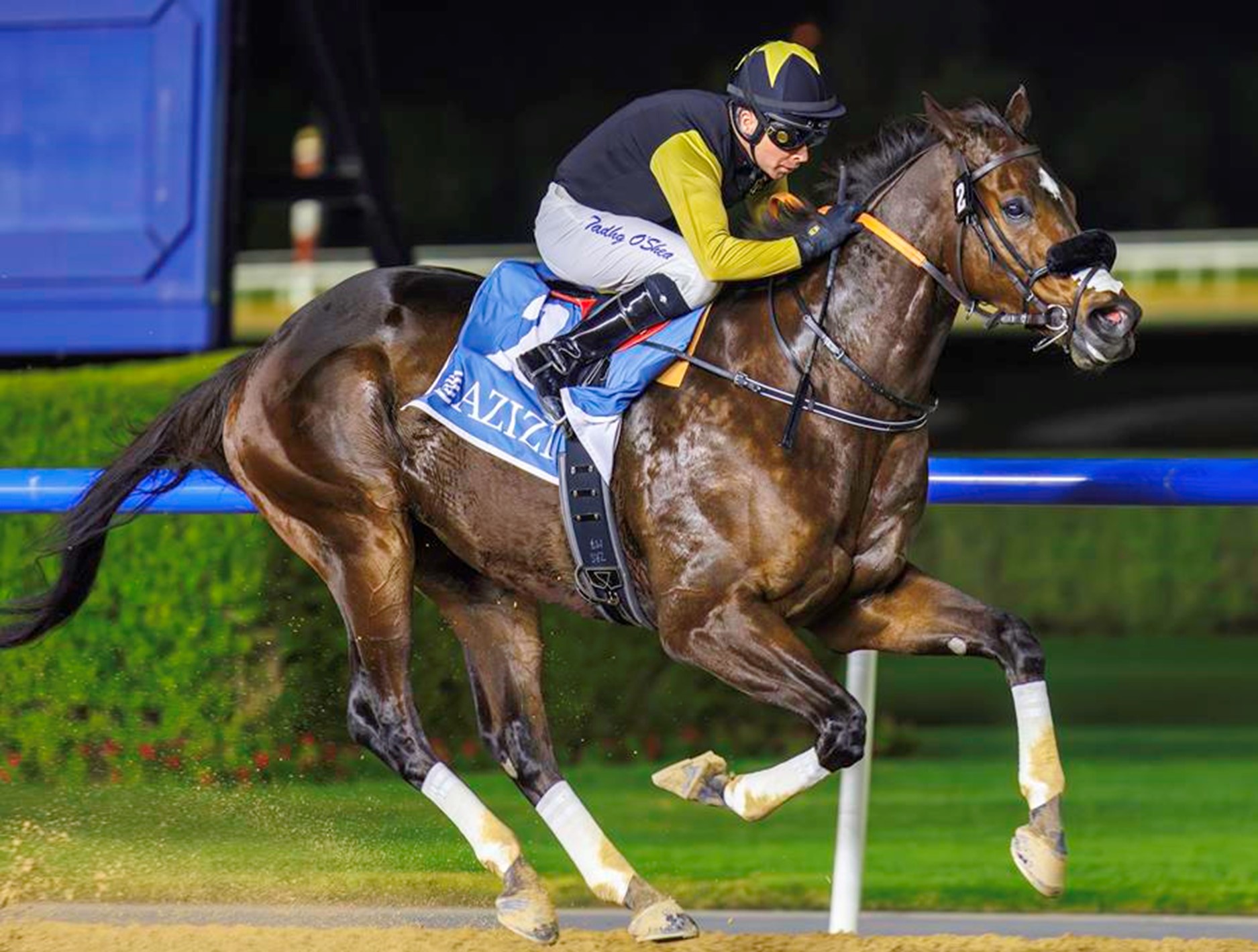It’s been an interesting few weeks in racing. I’ve been trying to digest the various comings and goings and must confess to being left a little bemused by much of it. I’ve made a list of imponderables to see whether putting them down in black and white makes them any easier to understand.
Race distances
Many (many) moons ago some of the powers that be, adjusted the distances of our major races to suit the local horse population which caused a bit of a who-ha at the time, but it did eventually settle down.
This little conundrum has troubled me for some time though. The ‘industry standard’ English Epsom Derby is run over 2,423m. Of course, with South Africa being the land of innovation, last year saw the powers that be changing the distances of the KZN Derby and Oaks to 2500m (as well as opening them to older horses). However, they then oddly changed the distances back to 2400m again this year (although keeping them open to older horses). Mind you, we already have a discrepancy with the Cape Derby being run over 2000m, the KZN Oaks and Derby run over 2400m (this year anyway) and the SA Derby and SA Oaks over 2450m. Interestingly the Cape’s Winter Derby is still run over 2000m, as is the East Cape Derby, while Cape Town’s Winter Oaks is run over 2200m and the East Cape Oaks over 2000m. I guess if you want to know what an Oaks or Derby is, the answer depends on where it’s run. But vive la difference and all that.
Bleeding
We also saw an announcement that the suspension of horses for a first episode of epistaxis has been reduced from 90 days to 60 days, effective 1 November 2015. Although this decision apparently comes from the NHA veterinary department and with approval of the National Board after consultation with owners, trainers and private practitioners, it seems a little cavalier to go tampering with a condition that is still largely misunderstood. While doing it in the name of research is admirable, I have to question the wisdom of conducting this research under racing conditions. Also, although we are used to ‘the 90 day rule’, the Rules currently don’t specify a specific period of time that bleeders need to be suspended for. Perhaps then this is a step forward towards clarity, although again, I do need to question whether shortening it is a good idea.
National colours
After many years of having our jockeys divided into separate associations, it seems we have an SAEF registered jockeys’ association which claims to have a national majority of riders signed up as members. Confusingly, after several years of insistence at all odds that SA jocks should have national colours, this year the SA Jockey International organisers decided it wasn’t a priority at all, and made the event an invitational, even though we finally had legitimate channels through which to apply.
Cape Racing Revamp
Just a few short weeks ago we heard the announcement of the recommendation of ‘potential’ plans and initiatives for Western Cape Racing, including a ‘potential’ synthetic track at Durbanville and ‘potential’ transformation to Milnerton training centre, Kenilworth and Durbanville. It would be interesting to know exactly who the ‘Kenilworth Racing Property Committee’ is and also when they are going to announce that the land originally purchased for the proposed West Coast training centre had been sold? While the suggested plans sound terribly exciting, I do have to query the ‘blink and you missed it’ opportunity for questions from the floor, particularly as the question that missed the boat was of the rather sensible ‘who is going to pay for this’ variety. But perhaps the answer to my second query lies with the first. Either way, it’s refreshing for the general racing public to be included at what seems to be the planning stage for a change and presumably there will be opportunity for input from stakeholders at some point.
Programme change
 Along with the potential development announcement came the news of a programme shuffle to move the Gr1 Investec Cape Derby and the Gr1 Klawervlei Majorca Stakes and slot them into supporting positions on the CTS Million Dollar sales race card (now glamorously renamed the Day of Dreams). Of course, the point of all this is to book end the CTS Premier Sale week (why move a sale, when you can simply shuffle races around instead?). J&B Met sponsors Brandhouse will be compensated for the loss of two Gr1 events on their flagship day with the consolatory Cape Flying Championship.
Along with the potential development announcement came the news of a programme shuffle to move the Gr1 Investec Cape Derby and the Gr1 Klawervlei Majorca Stakes and slot them into supporting positions on the CTS Million Dollar sales race card (now glamorously renamed the Day of Dreams). Of course, the point of all this is to book end the CTS Premier Sale week (why move a sale, when you can simply shuffle races around instead?). J&B Met sponsors Brandhouse will be compensated for the loss of two Gr1 events on their flagship day with the consolatory Cape Flying Championship.
Of course, this is nothing new. We have previously seen big races moved to accommodate major social events – back in 2012 the Sansui Summer Cup moved to December in order to accommodate the Metro FM Awards (yes, I was also left scratching my head, but apparently a lot of celebrities and government officials attend and the racing powers that be decided to be accommodating, presumably in order to offer these good folks the option of attending both). Then, because the Summer Cup was held a week late, the fixtures committee decided to shuffle the Met along by a week and the 2013 J&B Met was held on the first weekend of February. So moving races around is not a new thing – heck, the programming committee has even been known to put on entirely new races!
I do find it a bit of a bother moving two Gr1 races onto the same card as a restricted race, which at the current exchange rate will be worth more than both the Gr1’s (and the rest of the day’s card) put together. Even if the monetary discrepancy wasn’t an issue, the CTS conditions stipulate that the sales race is open to 3yos. The Derby is also open to 3yo’s, meaning that prospective runners may be left with choosing between the two. Would you rather try and win a Classic for the black type and stud book value, or go for the big, fat cheque? Hmmm, answers on a post card.
Second verse, same as the first
Of course, we’ve already had a taste of it with last Saturday’s racing at Kenilworth. I must confess that I’m a little uncomfortable with the idea of placing a restricted race on the same card as long-standing graded races, and then giving the restricted race a whopping big stake cheque. Particularly when the restricted race may draw runners from the ‘proper’ one (it’s not that much of a step down from 1600m to 1400m). Both last Saturday’s Grade 2 races (over 1600m and worth R400k each) shared a card with the 1400m Lanzerac Ready To Run Stakes presented by CTS, run for R2,5 million. While I’m all for lumping races together to make a ‘mini festival’, does it not make a mockery out of the Graded events when they are worth about a sixth of the non-black type event? Worse yet, why run the sales race alongside the Gr2 Selangor when both are 3yo races? I thought the idea of having Graded races was in order to attract the best horses. But one can understand the dilemma when there are non black type races available on the same day for six times the amount of money.
Also, with the Green Point Stakes (1600m) being run on the same day as the Selangor Cup (also 1600m), for the same prize money, there is little incentive for a 3yo to contest the Green Point against older horses, which also begs the question, why lump them together on the same day?
Cash or kudos?
And that’s not even talking the real meat and potatoes of what’s happening with WFA (it’s not just a fun title, it means Weight For Age people!) and some races being stuck with penalties while others aren’t and no apparent rhyme or reason for either. More worrying, it appears that some of the folks supposedly sitting on the decision-making boards are also in the dark, which begs a whole number of additional questions and concerns. One rather wonders whether we’re slowly going to do away with the WFA system altogether and just surrender ourselves to handicap racing? With a very few exceptions, almost all our flagship races are run as handicaps or conditions races (J&B Met, Vodacom Durban July, Sansui Summer Cup). I realise I will have the ‘oh, you’re not a punter and just a whinging purist’ argument thrown at me, but if racing is a game of skill, then surely the point is to at least allow the possibility of being able to figure out who may or may not be able to win a race, rather than our farcical idea – designed to maximise punter spend revenue generation – of offering endless handicap races in which the very premise is to try and ensure that all the horses cross the line more or less together? It’s becoming less about finding the best horse and more about finding the horse that is mostly likely to win, which I feel (and I may be alone in this) to be rather a pity and, to be blunt, a little arse about face.
Also, taken from another perspective and perhaps I’m missing some sort of bigger picture here, but actively planning to have the best horse lose doesn’t sound like a great idea to me, particularly when horses are selected for stud on their racing results. It’s rather difficult to market a horse on the basis of the races he should have won, than the ones the record book actually reflects. Saying ‘he never won a race, but he was a really, really good horse, I promise!’ tends to look a little unconvincing on the stud brochure. Surely this means that horses effectively end up handicapped by their trainers, with those with clever trainers, good at using the programme, come off looking better than those who don’t? It doesn’t sound like a great idea to me, but with fewer opportunities to showcase genuine ability, it seems we’re determined to drive our handicap-winning horses to stud rather than looking further down the field to the horses beaten by handicappers, rather than their peers.
When is WFA not WFA? When it’s a conditions race!
While we’re on the subject of last Saturday’s racing, it seems that while we weren’t looking, the Gr2 Lanzerac Alta Mater Green Point Stakes has become a conditions contest, albeit confusingly retaining its WFA tag.
But wait, there’s more. It transpires that as of 1 April 2015, all feature races of Gr2 status and below are subject to a nationally standardised penalty system (who needs the WFA scale anyway, right? Field sizes rule!).
If it is true that this was discussed amongst racing operators, handicappers and other industry representatives as alleged, where was the communication? Also, if the conditions are being imposed nationally, why are there exceptions?
While the argument that these penalties have been introduced to minimise the ‘fear factor’ by potential participants squaring up to Gr1 and Gr2 winners may hold water, at this stage I suspect there is a larger ‘fear factor’ of what else may have been changed without notice.


